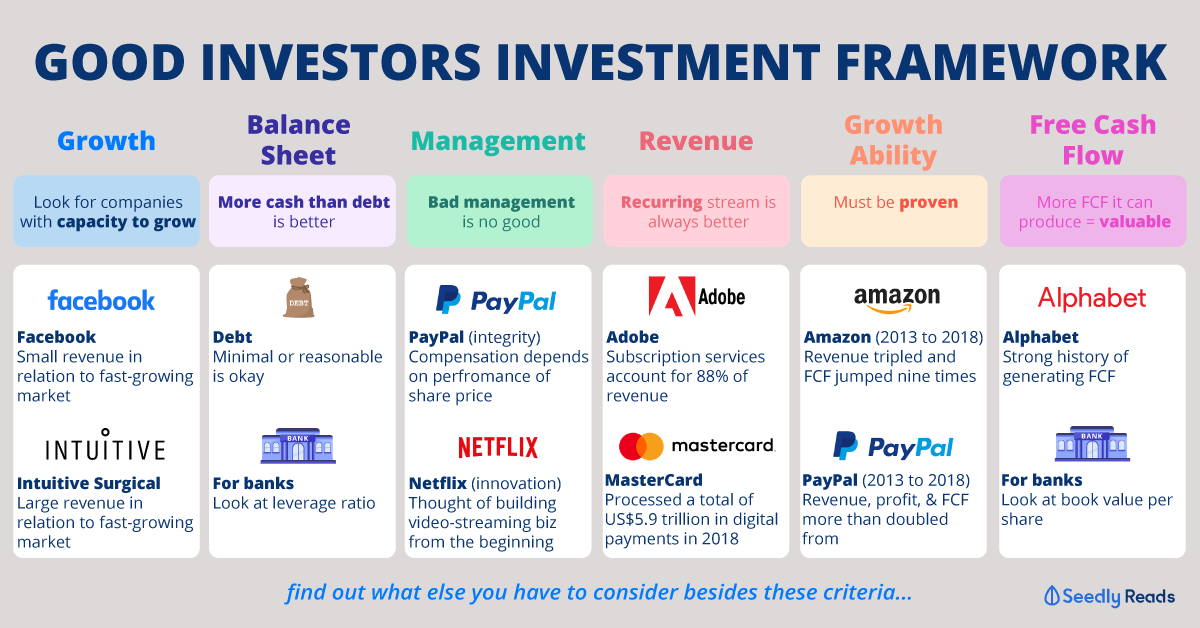Advertisement
Discussion (3)
Learn how to style your text
Reply
Save
Isaac Chan
28 Mar 2019
Business at NUS

On top of what Sandra and Zann mentioned, I would add that within finance portfolio theory, you are awarded with higher returns for higher non-diversifiable risk, and not really diversifiable risk. Non-diversifiable risk mainly refers to market risk, which is the risk that is inherent for certain events which affects the entire markets such as inflation and rise in interest rates. You can't diversify such risk away, because the events that affect them, affect almost all form of investment products.
The other form of risk, diversifiable risk, is usually related to firm-specific risk, which are potential events and happenings that affect just one firm only. For example, if a company loses an important customer, this will mainly affect only the firm. This kind of risk can be diversified away if you take on more stocks which are not correlated with each other. This happens because the impact of a firm specific event on your entire portfolio's returns is reduced as it's weightage within your portfolio is lower.
You can see this from the graph, where the more stocks you have, the portfolio volatility or risk decreases. After which, this flattens out, as the remaining volatility represents risk which cannot be diversified away, i.e market risk.
Some academics would say that you are only awarded if you have higher undiversified risk, as the diversifiable risk can be diversified away by taking on more stocks. This is why diversification of your portfolio is so important, because you can reduce your risk without cutting your expected returns.
Reply
Save
Hello!
Here is a chart showing the returns for different investments. Generally, in the short run...
Read 1 other comments with a Seedly account
You will also enjoy exclusive benefits and get access to members only features.
Sign up or login with an email here
Write your thoughts
Related Articles
Related Posts
Related Posts
Advertisement










Hello! The general trend seems to show that this is indeed the case, as seen from the graph attached below.
The graph shows you what would have happened with your money if you invested $100 in 1980. The green line shows the safest form of investment out of the four, while the red line shows the form of investment that has the highest risk. This graph shows that the theory may indeed be true. However, also remember that although high risk would gain the highest return it would also mean that your loss would likely be the largest as well.